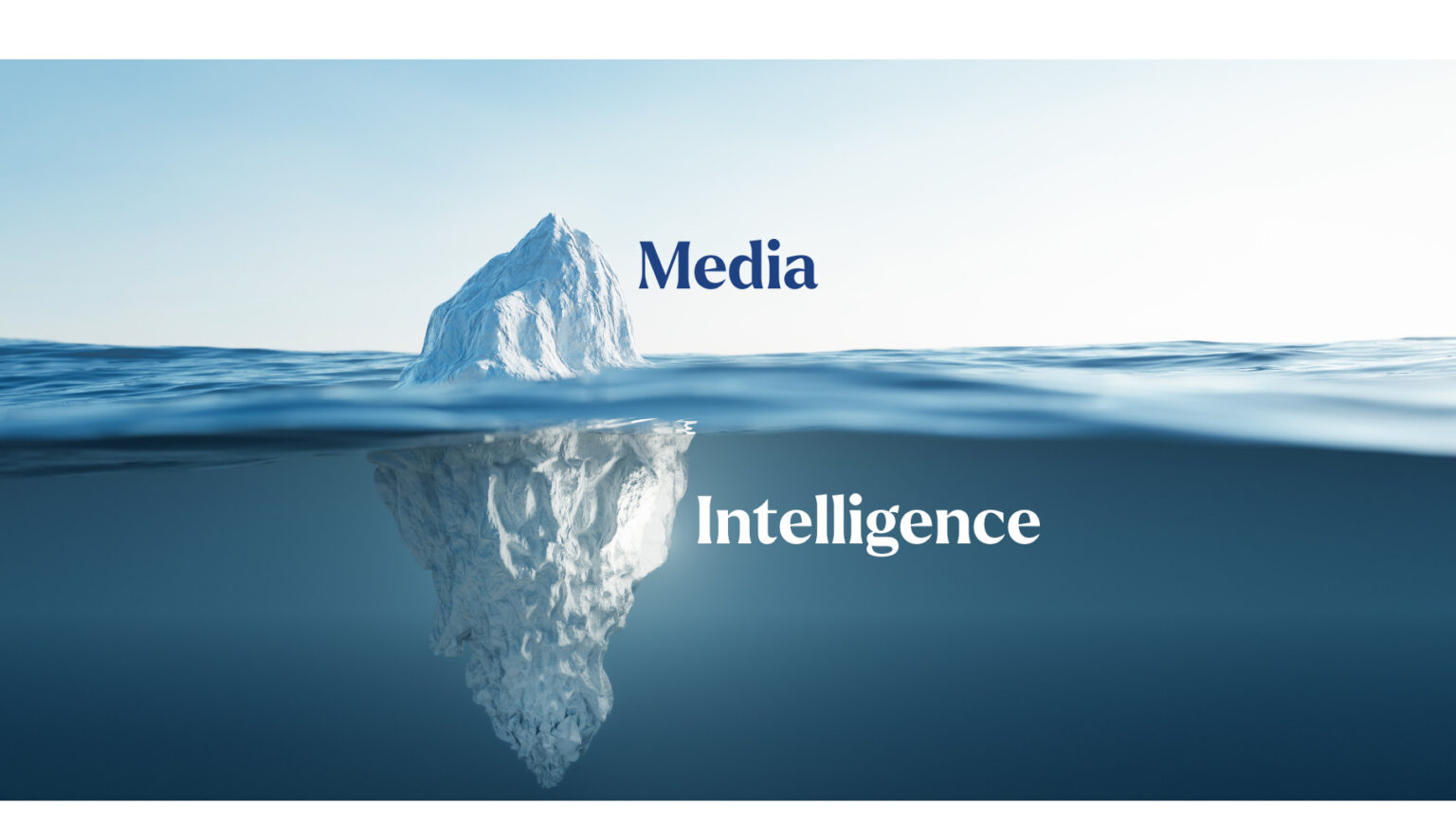Media Intelligence is sometimes misunderstood, which can lead to missed opportunities and misguided strategies. In this blog post, we'll debunk five of these common misconceptions about Media Intelligence.
Smart people think ahead. Media Intelligence has become a crucial instrument to do so, helping leaders make informed decisions, marketers track their brand presence, strategists understand their industry better, and risk managers address crisis situations effectively.
1 Media Intelligence Is Just Media Monitoring
One of the most common misconceptions is that Media Intelligence is merely a fancy term for media monitoring. Monitoring is certainly a part of it, but it’s just the tip of the iceberg. Media Intelligence goes beyond tracking mentions and sentiment measurement. It involves a comprehensive analysis of media data, providing actionable insights that can guide strategic decision-making. Think of it as a doctor who does not only monitor your weight, cholesterol levels and blood pressure, but also indicates when things become problematic, and what you could do to improve the situation.
2 Media Intelligence Is Only for PR Professionals
Another common myth is that Media Intelligence is exclusively for PR professionals. In reality, Media Intelligence is a versatile toolbox that benefits various departments within an organization. Marketing teams can use it to measure campaign effectiveness, product development teams can gauge customer sentiment, and sales teams can identify new business opportunities. Media Intelligence can also play a pivotal role in crisis management and audience identification. It is a veritable Swiss army knife!
3 Media Intelligence Is Expensive and Complex
Many believe that implementing Media Intelligence is costly and complex. While some high-end solutions can be expensive and elaborate, there are also affordable and user-friendly platforms available. These often offer customizable features, allowing you to tailor them to your specific needs. The key is to find the right solution that fits your budget and requirements. Just like a bicycle or a tennis racket!
4 Media Intelligence Is Only About Traditional Media
Some people think that Media Intelligence only covers newspapers and broadcast media, like radio and TV. But actually, Media Intelligence encompasses both traditional and digital media sources, including social media, blogs, forums, and online news platforms. It offers a holistic view of your brand’s presence across all possible channels, ensuring that you don’t miss out on valuable insights from any media sources, from print to vlog.
5 Media Intelligence Is a One-Time Effort
Lastly, many believe that once they’ve set up their Media Intelligence suite, they can sit back, relax and let the machine run by itself. This is far from the truth. Media Intelligence is an ongoing process that requires continuous learning and adjustment. Media landscapes change, and staying competitive means adapting to these changes in real-time.
In conclusion, understanding and dispelling these common misconceptions about Media Intelligence is crucial for realizing its full potential. It’s not just for PR professionals and it’s not a one-time project; it’s a versatile and dynamic toolbox that can drive success across various facets of your organization. By embracing Media Intelligence, you can make informed decisions, stay ahead of the competition, effectively manage crises, identify target audiences, and ultimately achieve your business goals in today’s ever-evolving media landscape.











